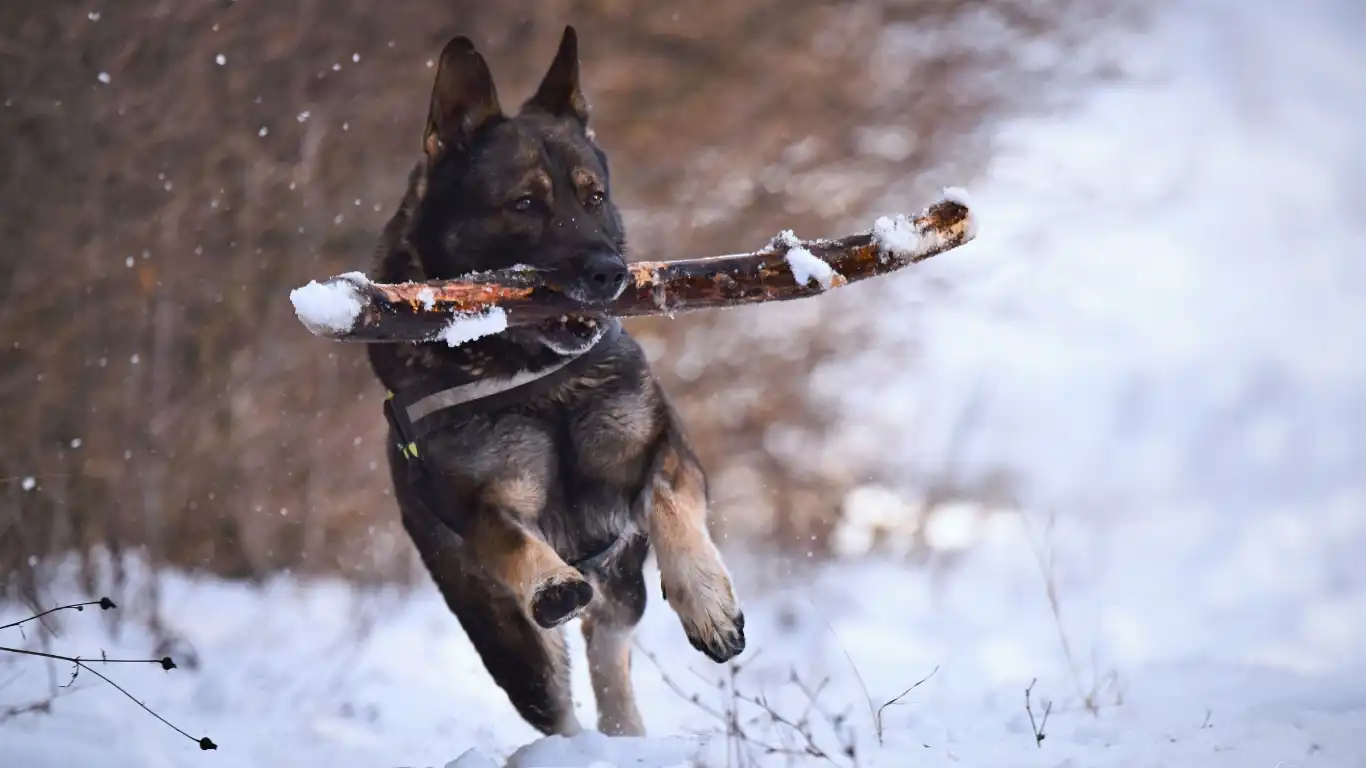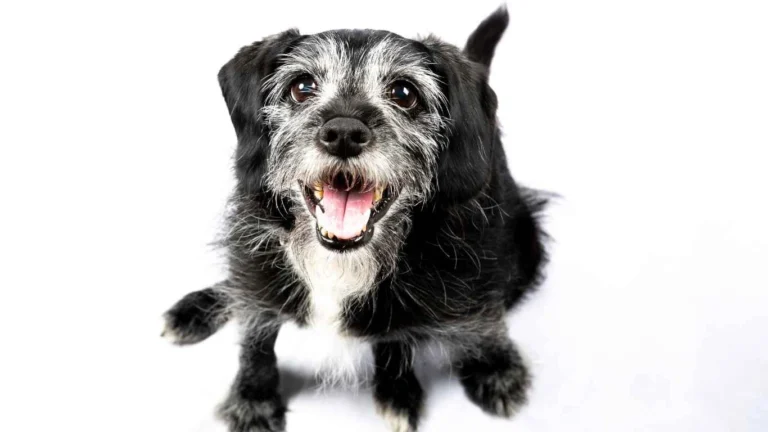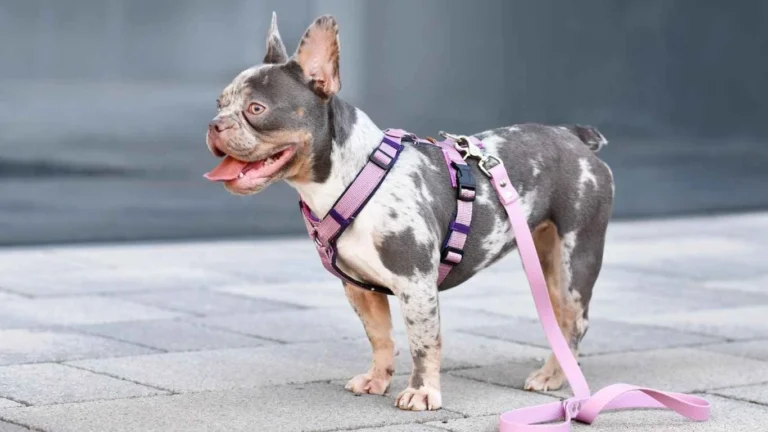Essential Dog Grooming Tips for a Healthy, Happy Pup
Hey there, fellow dog lovers! I’m Tarra, a Canine-Assisted Therapy Trainer with a deep passion for pup wellness—and today, I’m diving into something that’s often overlooked but super important: Essential Dog Grooming Tips for a Healthy, Happy Pup. Let me just say upfront, grooming isn’t just about making your dog look pretty (although that’s definitely a bonus!). It’s really about supporting their health, comfort, and emotional well-being. Over the years, I’ve seen firsthand how consistent grooming can transform a dog’s mood, improve their confidence, and even strengthen the bond between you and your furry best friend. So, grab a brush, a treat or two, and let’s talk grooming!
Why Grooming is More Than Just Fluff and Fuss
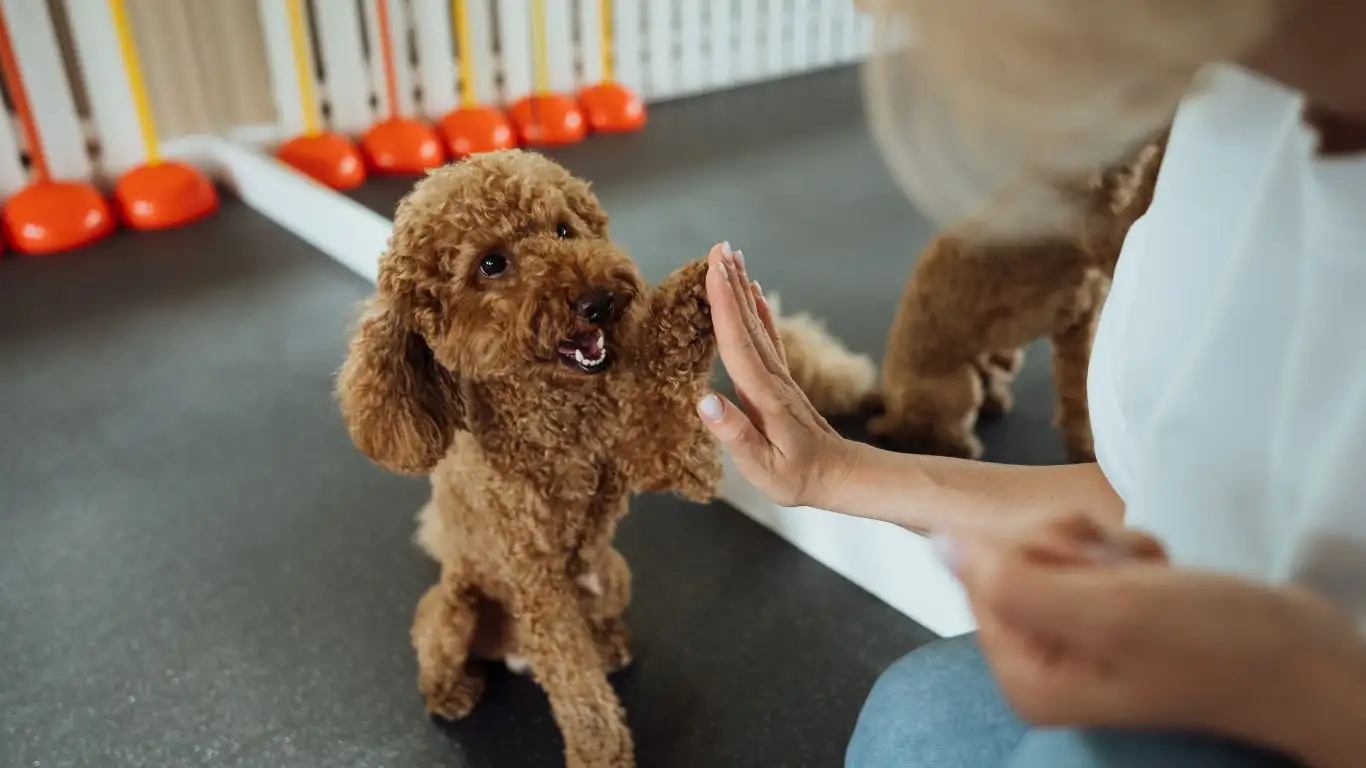
Let me start by busting a common myth: grooming isn’t optional. Whether your dog is a high-maintenance Poodle or a low-key Beagle, grooming plays a vital role in their health. I’ve worked with dozens of therapy dogs over the years, and let me tell you—nothing throws off a dog’s mood faster than matted fur or itchy skin.
Here’s why grooming is crucial:
- Skin & Coat Health: Brushing stimulates natural oils, distributes them evenly, and keeps the skin healthy.
- Early Detection: Regular grooming helps you catch things early—like lumps, rashes, or ticks—before they become serious.
- Bonding Time: Believe it or not, grooming is a fantastic way to build trust and connection with your dog.
- Mental Well-being: Dogs feel better when they’re clean and comfortable. It’s like how we feel after a hot shower!
Back when I started therapy training, I noticed a huge difference in dog behavior between those who were groomed regularly and those who weren’t. A clean, brushed-out coat didn’t just look good—it actually made the dogs more relaxed, especially in therapeutic settings where calmness is key.
Setting the Grooming Routine: Consistency is Everything
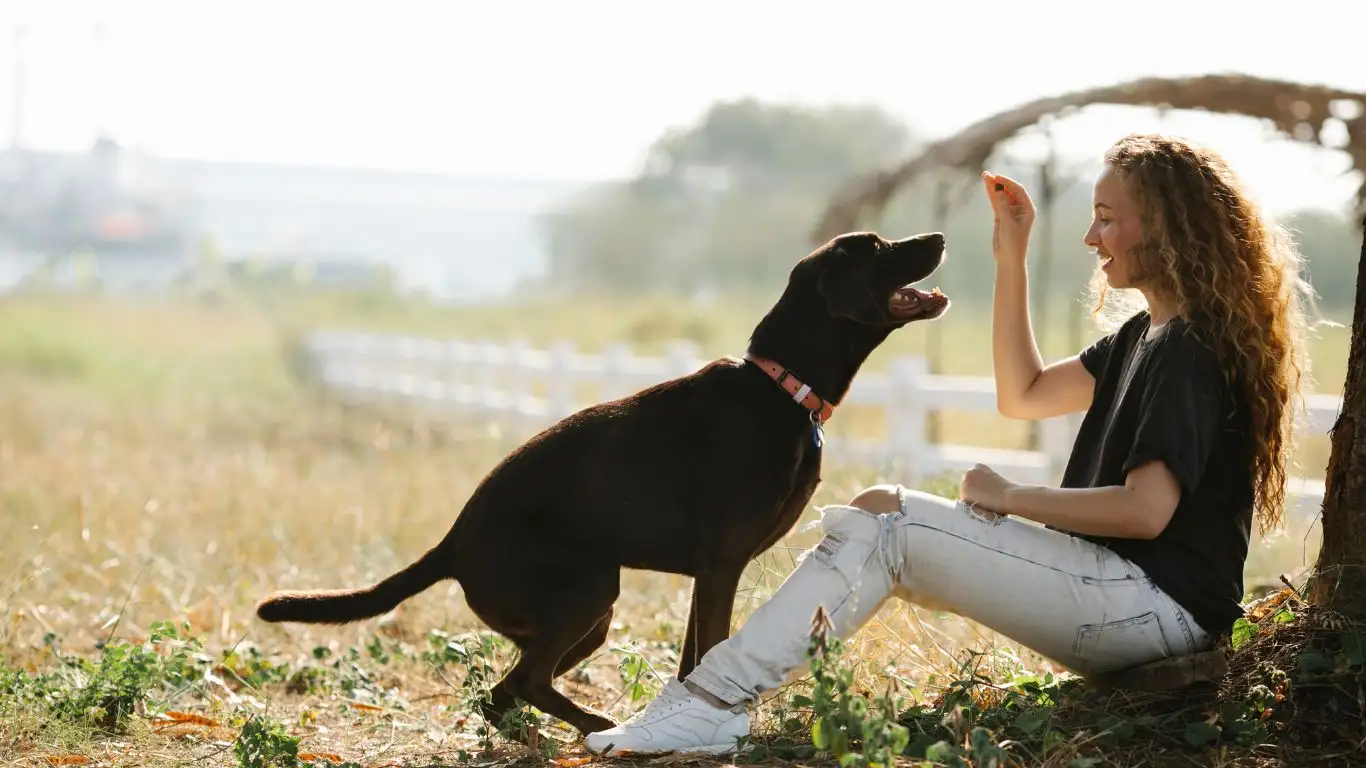
Okay, so how often should you groom your pup? The answer really depends on the breed, coat type, and lifestyle. But one thing’s for sure—consistency is more important than perfection. You don’t need to spend hours a day, but creating a simple routine makes a world of difference.
Here’s a general breakdown to get you started:
- Brushing: Daily for long-haired breeds; 2-3 times a week for short-haired pups.
- Bathing: Usually every 4-6 weeks. More often if they’re extra adventurous (or stinky!).
- Ears & Eyes: Check weekly for redness, dirt, or discharge. Clean gently with vet-approved wipes.
- Nail Trimming: Every 3-4 weeks. If you can hear their nails clicking on the floor—it’s time.
- Teeth Brushing: Ideally a few times a week. Dental health is often overlooked, but so important.
In my own routine with therapy dogs, I’ve learned to turn grooming into a relaxed bonding ritual. Light music, calming scents (lavender works wonders), and lots of positive reinforcement go a long way in making grooming a safe, happy experience for your pup.
Essential Dog Grooming Tips for a Healthy, Happy Pup: Tools Matter!
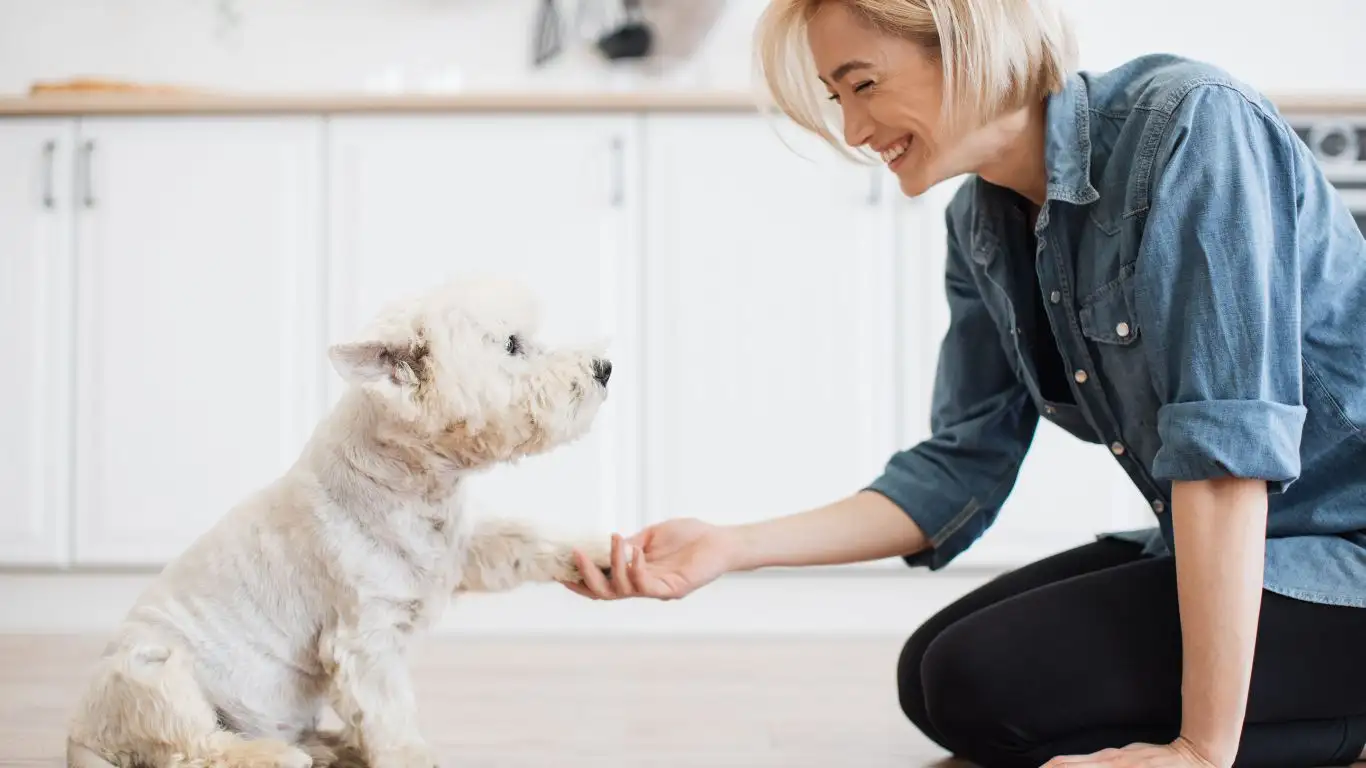
You don’t need to invest in an entire grooming salon, but using the right tools can really level up your game. I’ve definitely learned the hard way that not all brushes are created equal (don’t even get me started on that one time I used a people hairbrush on a Husky… disaster).
Here’s a quick rundown of grooming must-haves:
- Slicker Brush: Great for removing tangles and loose hair—especially on longer coats.
- Deshedding Tool: A lifesaver during shedding season. Trust me, your vacuum will thank you.
- Dog-Safe Shampoo: Human products can mess with a dog’s pH balance. Look for hypoallergenic formulas.
- Nail Clippers or Grinder: Clippers are quicker, but grinders can be gentler and more precise.
- Ear Cleaning Solution: Especially important for floppy-eared breeds like Cocker Spaniels.
One of my favorite pro tips? Keep a grooming caddy stocked and ready. Having everything in one place saves so much time and turns grooming into a smooth, stress-free process. I even toss in a few treats and calming chews—because hey, it’s all about making the experience positive for both of you.
Dealing With Grooming Anxiety: Help Your Pup Feel Safe
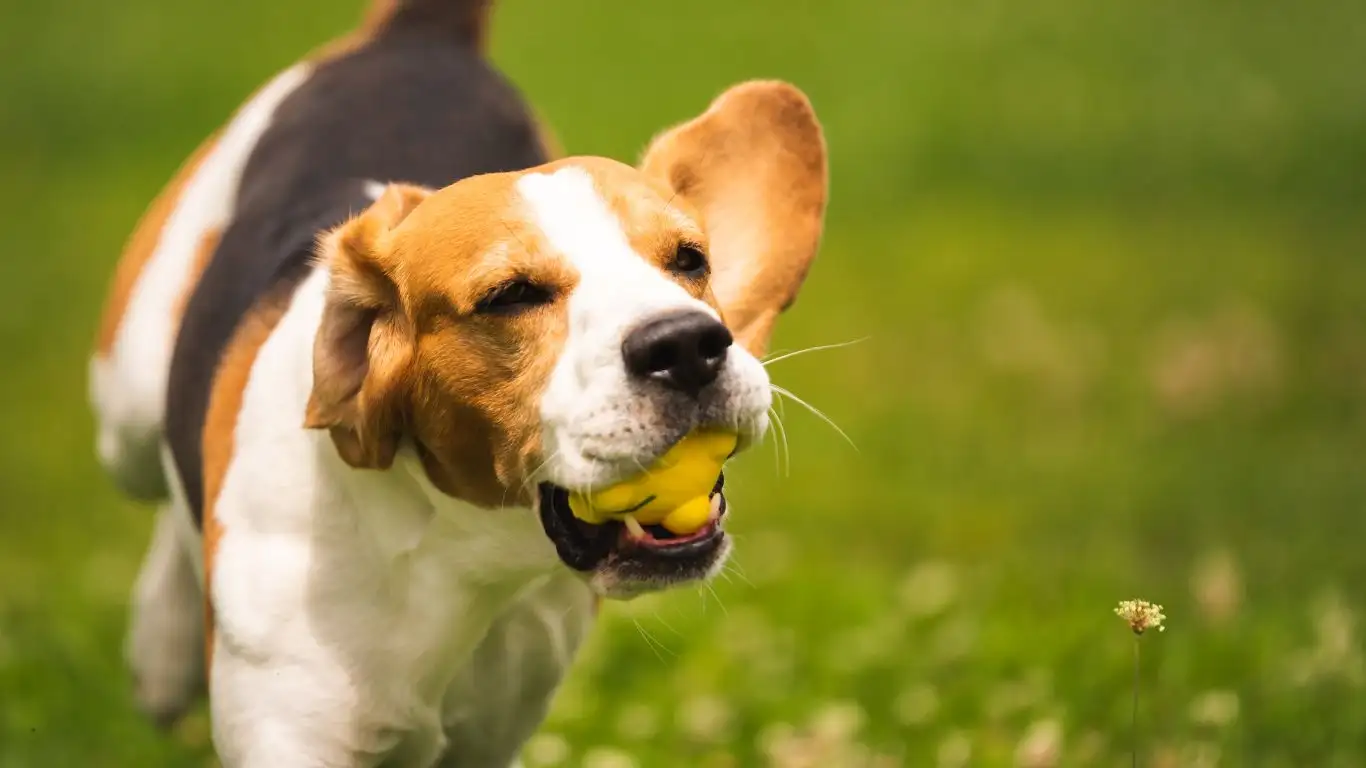
Alright, let’s talk about the not-so-glamorous side of grooming—anxiety. Yep, just like some people dread dentist appointments, some dogs really struggle with grooming. And honestly, I’ve been there. One of the therapy dogs I trained—a sweet but super timid rescue named Ollie—used to shake like a leaf every time I brought out the brush. It took patience, a slow pace, and loads of positive reinforcement, but we got there.
If your pup is nervous about grooming, here are a few things that might help:
- Desensitization: Introduce grooming tools slowly. Let them sniff the brush, turn the clippers on without using them, reward with treats.
- Short Sessions: Don’t try to do it all at once. Five minutes here, ten minutes there—it adds up and keeps things stress-free.
- Use Calming Tools: Calming sprays, weighted vests, and even background music (think soft piano or nature sounds) can make a huge difference.
- Pick the Right Time: Groom when your dog is naturally relaxed, like after a walk or play session.
Dogs pick up on our energy too, so if you’re stressed, they’ll likely feel that. Try to stay calm and upbeat. Think of it as spa day, not a chore.
Breed-Specific Grooming Tips: One Size Doesn’t Fit All
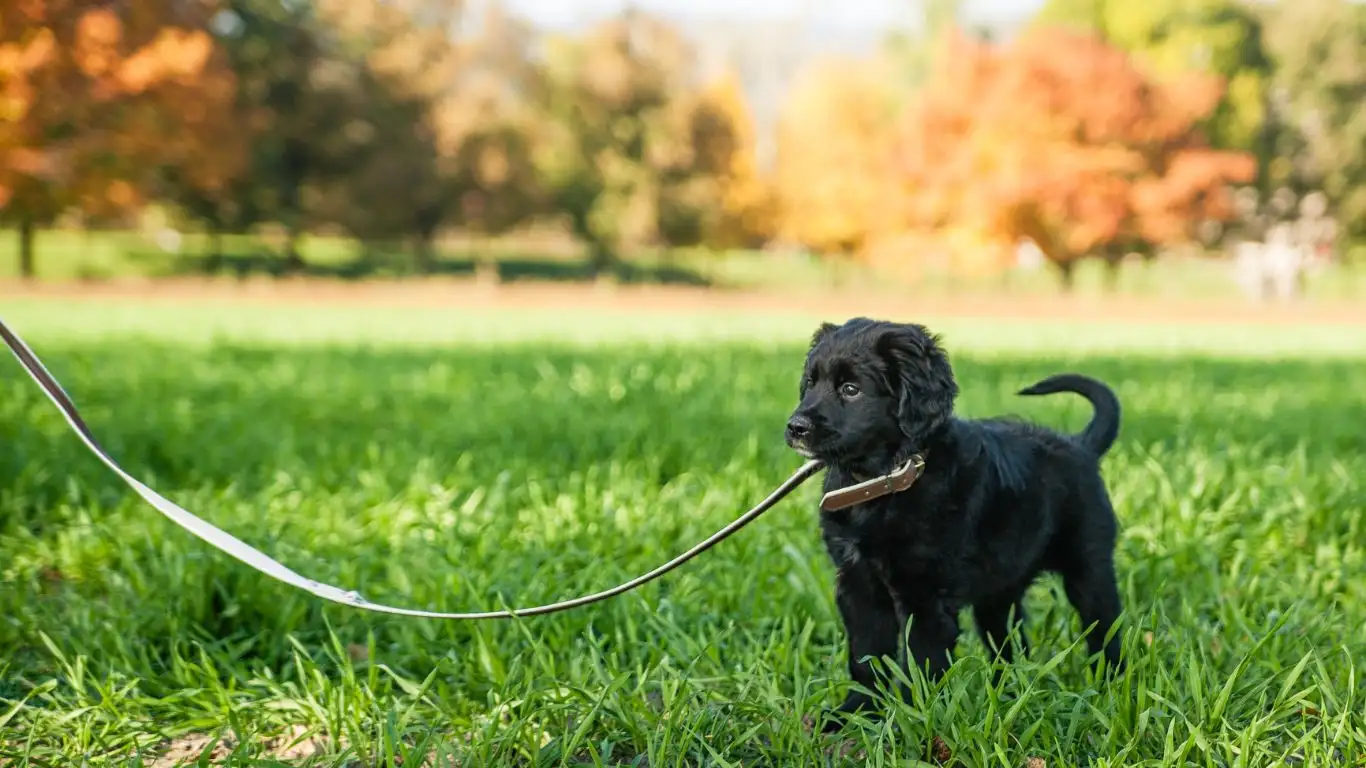
One of the things I learned early in my training work is that not all grooming routines work for every dog. Breed and coat type make a massive difference. A Labrador and a Shih Tzu have totally different grooming needs, and customizing your routine can save you a ton of trouble down the road.
Here’s a quick breakdown by coat type:
- Short-haired breeds (Boxers, Beagles): Weekly brushing is usually enough. A rubber curry brush works great for these guys.
- Double-coated breeds (Huskies, Golden Retrievers): During shedding seasons (spring and fall), these pups need daily brushing to manage that fluff explosion.
- Curly or wavy coats (Poodles, Doodles): These coats mat easily—daily brushing and monthly trims are a must.
- Wire-haired breeds (Terriers): Benefit from a technique called hand-stripping, which helps maintain the coat’s texture. It sounds intense, but it’s not painful when done properly.
One of my therapy clients, a Standard Poodle named Luna, needed grooming every four weeks like clockwork. Her coat would get matted quickly, and trust me, detangling those mats without regular maintenance was a nightmare (and she’d make sure I knew it!).
DIY vs. Professional Grooming: What’s Best for Your Pup?
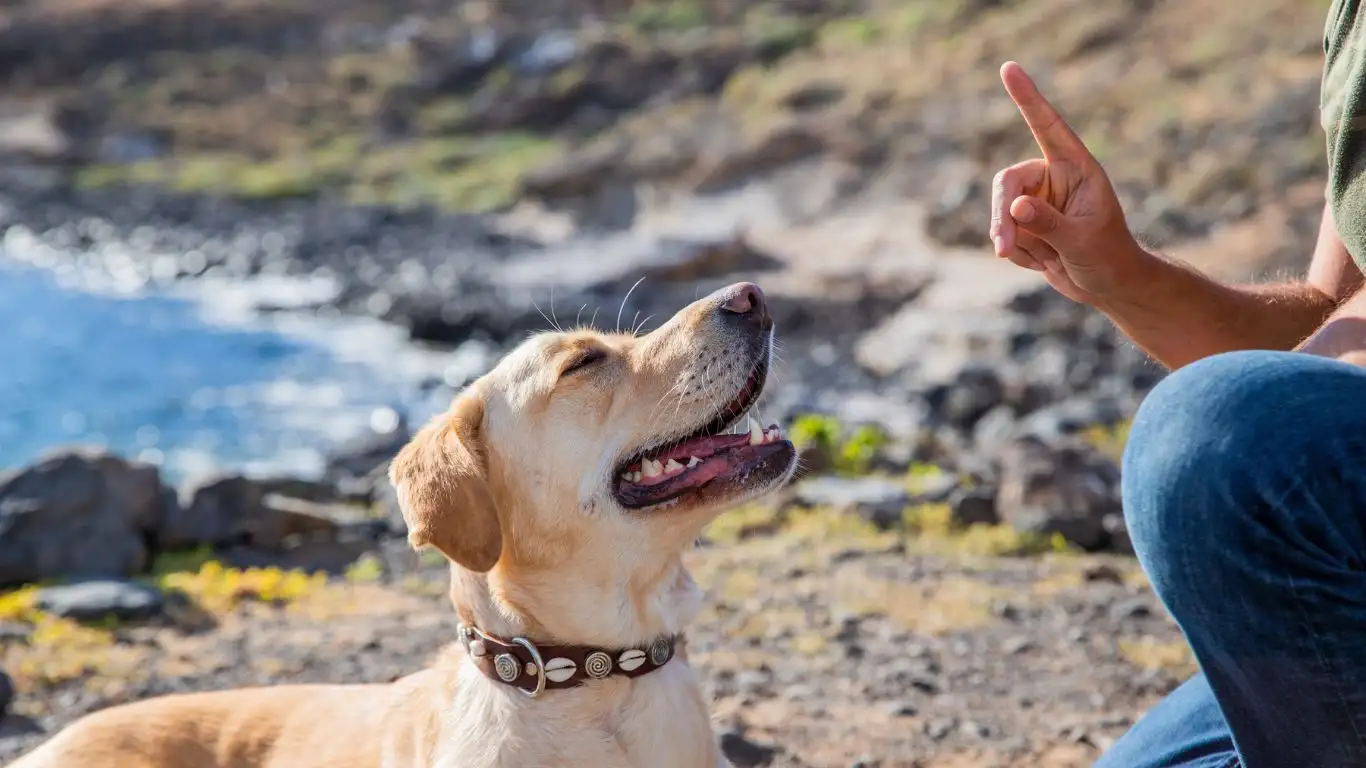
Here’s the million-dollar question: should you DIY your dog’s grooming or go pro? Honestly, it depends on your comfort level, your dog’s needs, and your schedule.
Let’s compare the two:
DIY Grooming Pros:
- It’s cost-effective in the long run.
- Great for bonding—you get quality one-on-one time.
- You can go at your own pace, especially with anxious dogs.
DIY Cons:
- It takes time, especially when you’re still learning.
- Some tasks (like nail trimming) can be nerve-wracking without proper training.
- More room for error with sensitive areas like ears and sanitary trims.
Professional Grooming Pros:
- Groomers have the tools and expertise to handle everything from styling to skin issues.
- Perfect for high-maintenance breeds that need specific cuts or coat maintenance.
- They can often spot health issues early, like ear infections or dental problems.
Professional Grooming Cons:
- Can get pricey—especially if it’s a monthly need.
- Some dogs may feel stressed in a new environment or around unfamiliar people.
Personally, I do a bit of both. I handle regular brushing and maintenance at home, and then I send my dogs to a trusted groomer every couple of months for a full tune-up. It’s all about finding a rhythm that works for you and your pup.
Grooming for Health: Beyond the Basics
We’ve talked fur and fluff, but let’s go a little deeper. Grooming isn’t just about coats—it’s about total health. One thing I always emphasize to new dog parents in my classes is that a groomed dog is more likely to be a healthy and happy one. It’s why I’m so passionate about spreading awareness on this topic.
Think about it: overgrown nails can affect posture and joint health. Dirty ears can lead to painful infections. Unbrushed teeth? Hello, dental disease—and it’s more common than you think.
Health-focused grooming tips:
- Check paws regularly: Especially after walks. Look for debris, cuts, or irritated pads.
- Monitor skin: Bumps, flaky spots, or redness can indicate allergies, infections, or parasites.
- Watch their rear: Anal gland issues are no joke. If your pup is scooting, time for a vet or groomer visit.
- Keep teeth clean: Dental wipes, brushes, or even dental chews can help maintain oral hygiene.
By taking a proactive approach to grooming, you’re not just keeping your dog clean—you’re setting them up for long-term health and well-being. And let’s be honest, there’s nothing better than snuggling up with a clean, comfy pup who feels as good as they look.
Seasonal Grooming Considerations: Adapting with the Weather

Let’s be real—just like our skincare routine changes with the seasons, our pups need a grooming shift too. Seasonal changes can totally throw off your dog’s coat, skin, and even paw health if you’re not paying attention. I’ve had clients call me in a panic mid-summer because their dog is shedding in clumps or their pup’s paws cracked in winter. Truth is, most of this can be prevented with a few small seasonal tweaks.
Here’s what to keep in mind through the year:
- Spring: Shedding kicks into high gear. Time to bust out the de-shedding tools and brush daily if your pup’s a double-coated breed.
- Summer: Less is more. Don’t shave your dog unless absolutely necessary—fur protects against sunburn! Instead, keep the coat well-brushed to allow airflow.
- Fall: Another big shedding season. Also a great time to check for seasonal allergies that might irritate their skin.
- Winter: Watch those paws! Ice melt and cold sidewalks can cause dryness and cracking. Dog-safe balm and booties can help. And yes, baths are still needed—just make sure they’re fully dry before going outside.
One winter, I had a therapy dog named Max who started limping during sessions. Turned out his paw pads were dry and split from salt-treated sidewalks. Ever since, I make it a point to check paws during every grooming session when temps drop. Prevention truly is easier than treatment.
Building Trust Through Touch: Grooming as Emotional Care
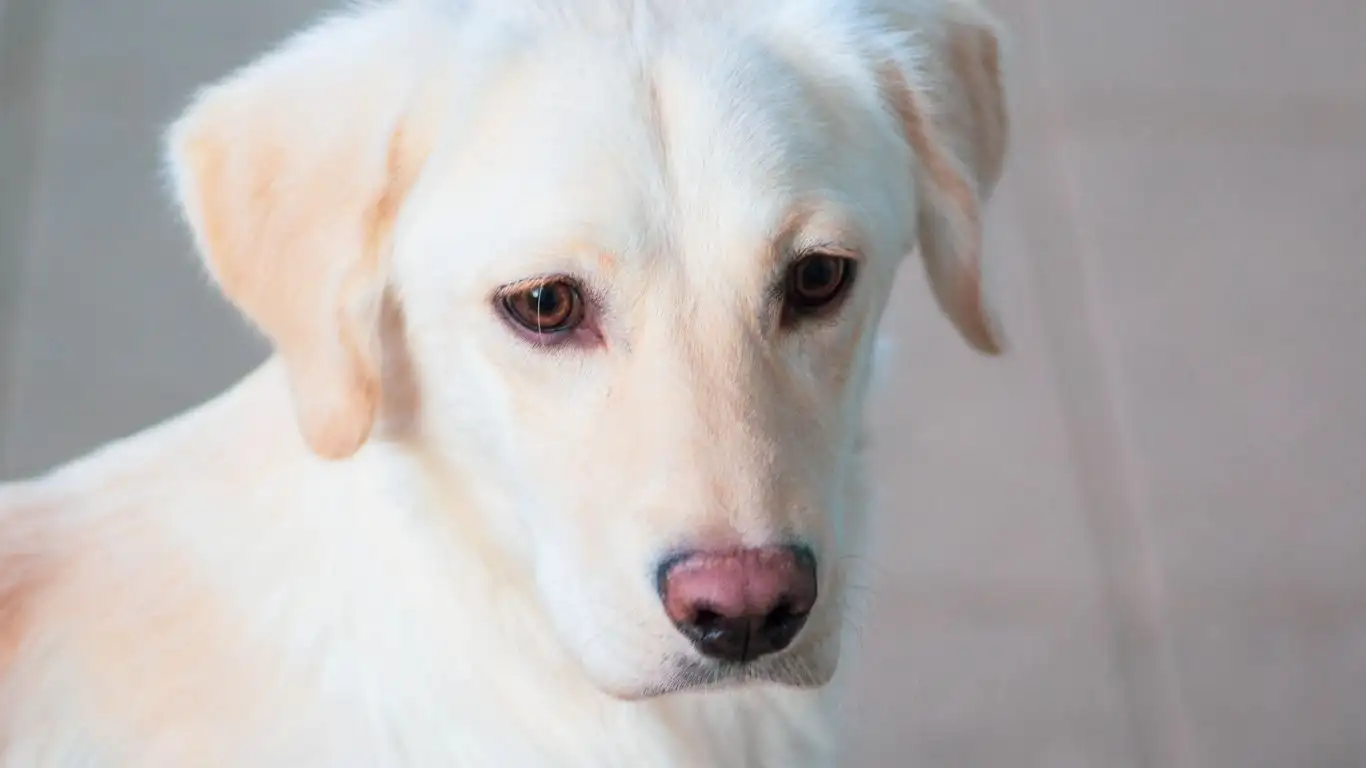
Now, here’s something that often gets overlooked—grooming is a form of communication. When you groom your dog regularly and gently, you’re telling them, “I see you. I care about your comfort. You’re safe.” It’s not just physical care—it’s emotional bonding.
I’ve seen dogs who were skittish, fearful, or reactive become relaxed and cooperative just through months of gentle grooming and patient touch. One of my most memorable therapy dogs, Bella, came from a rough background. She used to flinch every time someone reached for her. But over time, grooming became a calm, safe ritual—and she eventually began leaning into the brush, eyes closed, tail wagging slightly. That’s when I knew we’d turned a corner.
Here are a few tips to make grooming more emotionally enriching:
- Use your voice: Talk to your dog while you groom—soothing tones, silly chatter, whatever keeps them engaged and calm.
- Watch their body language: If they stiffen, shake, or try to escape, slow down and adjust. Grooming should never feel forced.
- End on a good note: Always wrap up with a favorite treat, belly rub, or game. Make grooming something they look forward to.
When grooming is done right, it becomes more than hygiene. It becomes trust-building, bonding, and therapeutic for both of you.
Final Thoughts on Essential Dog Grooming Tips for a Healthy, Happy Pup
By now, I hope it’s clear that grooming is so much more than just surface-level fluff. It’s a key pillar in your dog’s overall health and happiness—and something that anyone can get better at with a little knowledge, the right tools, and a whole lot of love.
Let’s recap a few of the most important points we’ve covered across this guide:
- Consistency and routine matter more than perfection—create a grooming schedule that works for you and your pup.
- Grooming supports physical health, emotional wellbeing, and strengthens your bond with your dog.
- Tailor your approach based on coat type, breed, and your dog’s individual personality or sensitivities.
- Be mindful of the seasons—adjust your grooming habits depending on the weather and outdoor conditions.
- Use grooming time to connect emotionally with your pup—it’s not just maintenance, it’s meaningful interaction.
As someone who’s spent years working closely with dogs in therapy settings, I can say without a doubt: well-groomed dogs are more confident, more comfortable, and better able to engage in their environment. And that’s exactly what we want—for every dog to feel their best, inside and out.
So go grab that brush, give your pup some love, and remember—every grooming session is an opportunity to nurture both health and happiness.
Helpful Resources & References
Disclaimer
This article is based on personal experience and general best practices for dog grooming. It is not intended to replace veterinary advice. Always consult your veterinarian or a certified groomer if your dog has specific health concerns or special grooming needs.
